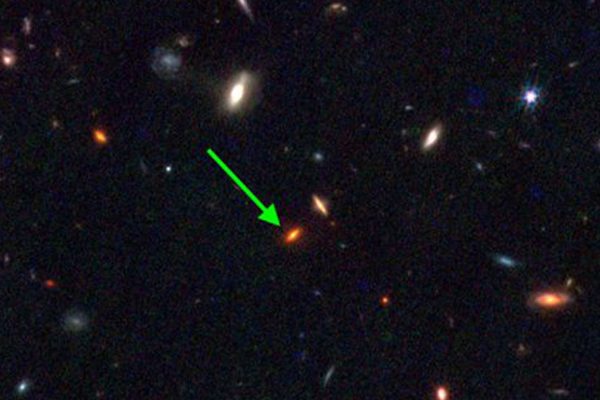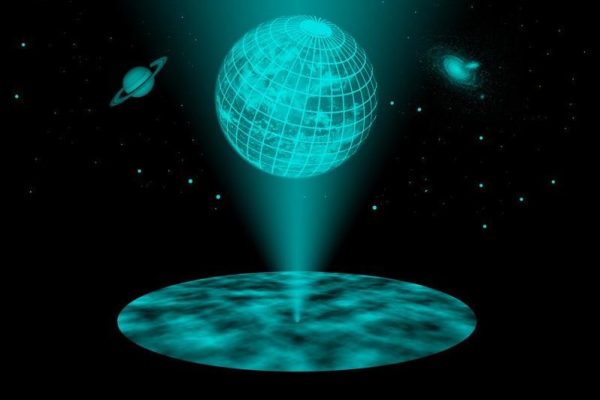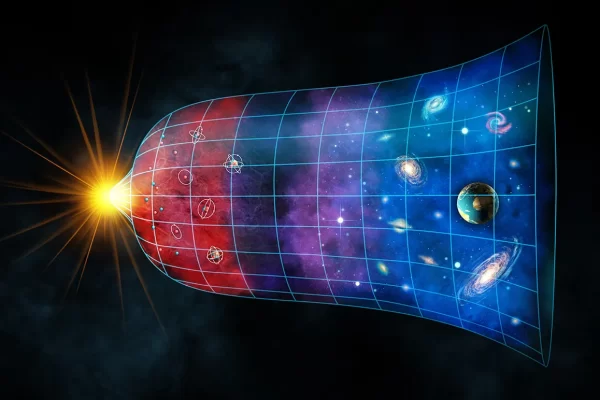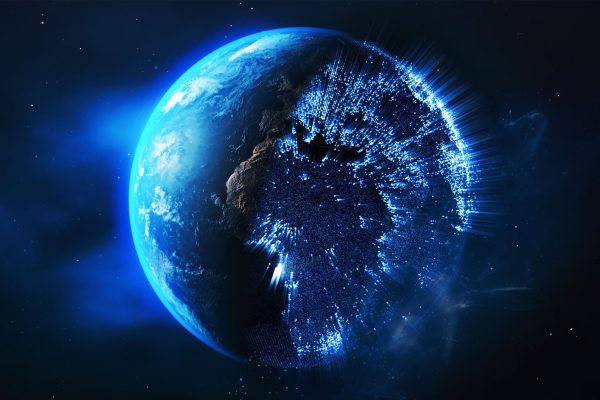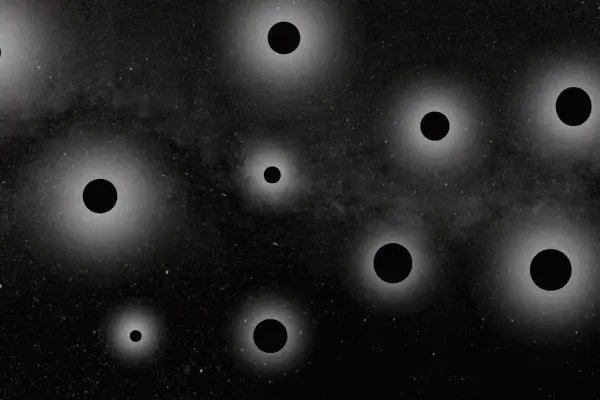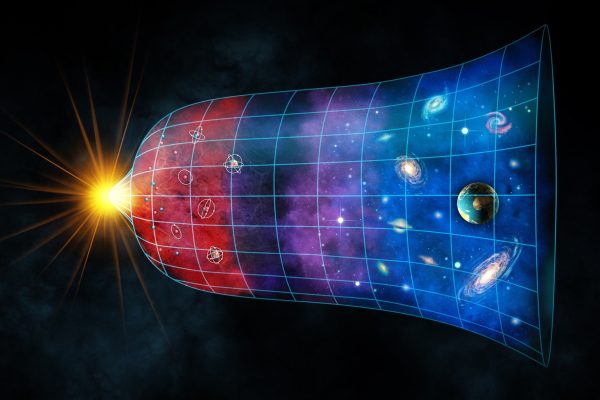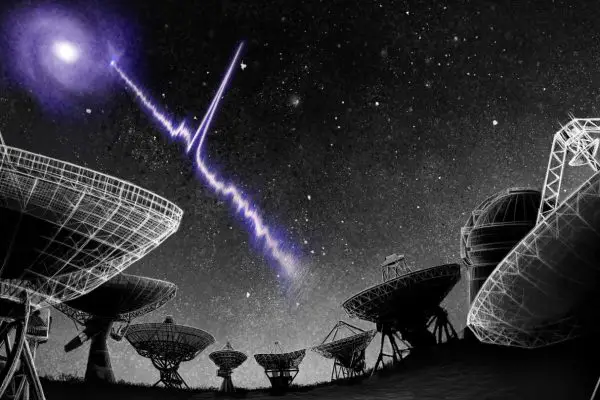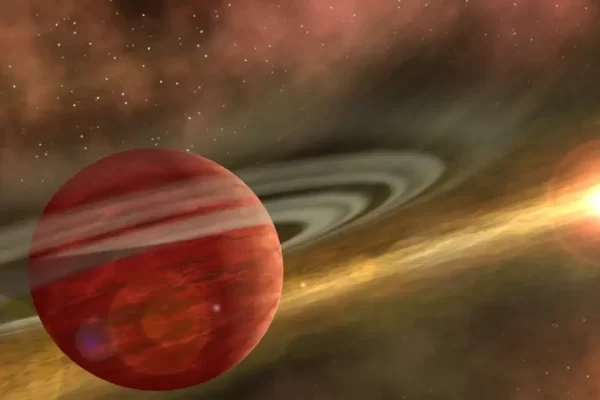
Jupiter-Sized ‘Cannonball’ Planet Discovered With a Density Greater Than Lead
TOI-4603b is nearly three times denser than Earth and orbits its star in just 7 days. Key Takeaways: TOI-4603b is a Jupiter-sized exoplanet with a staggering density of 14.1 g/cm³—greater than lead. With a mass of nearly 13 Jupiters, it’s on the edge between a giant planet and a brown dwarf. The planet’s highly oval…
